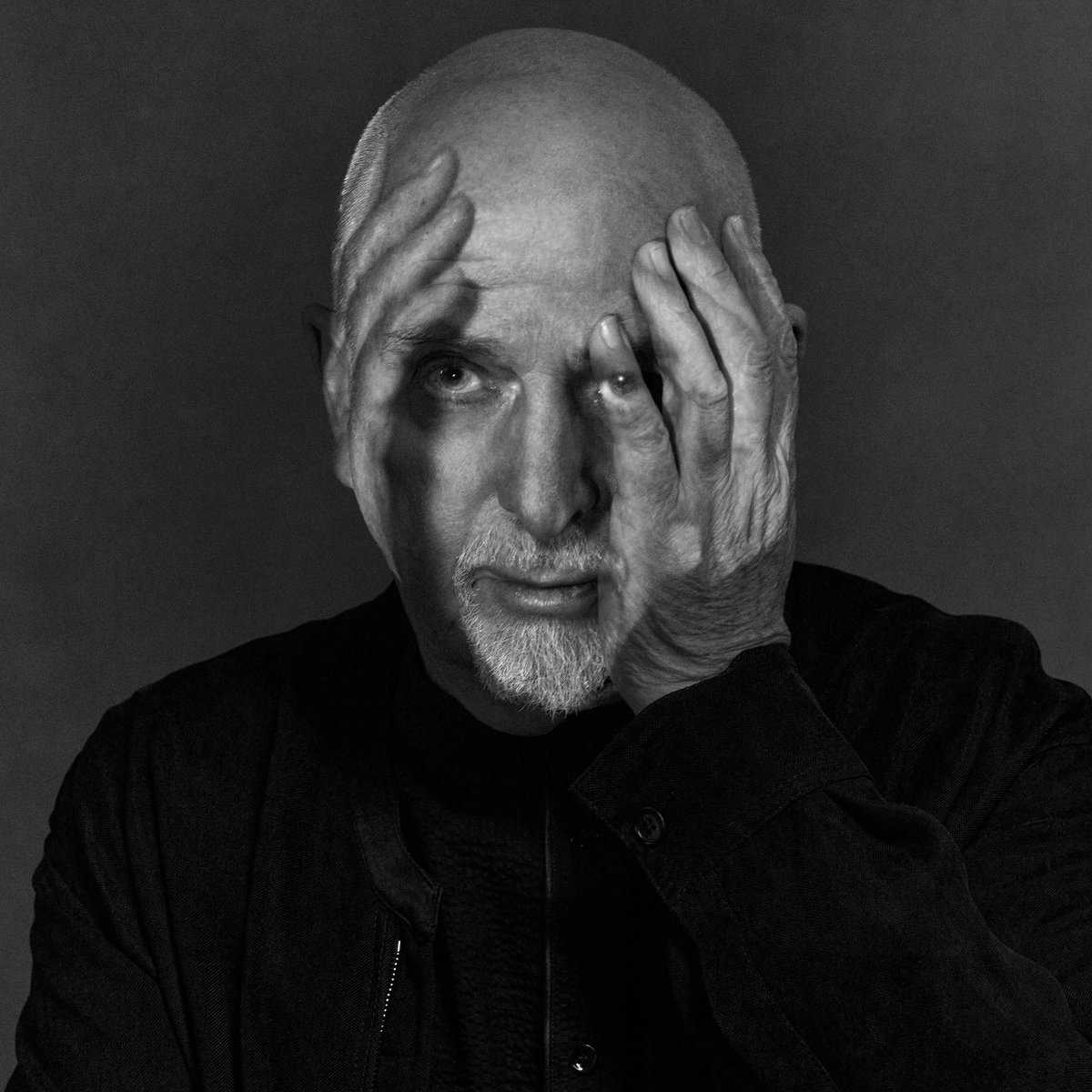 And you thought ten years was a long wait between Peter Gabriel albums! Not long after Up finally appeared, he said he was already working on a follow-up. There began years of speculation and waiting that turned into decades. It wasn’t until early 2023 that, he finally started releasing music that he said would constitute the long-promised i/o, with a tour to match. At the turn of every full moon, a new song would be released via streaming in a variety of “Bright-Side” and “Dark-Side” mixes, while further variations on each were made available to members of his official Full Moon Club. This was a uniquely modern way to release new music that led us old folks to wonder if an album would ever exist in format like we used to know.
And you thought ten years was a long wait between Peter Gabriel albums! Not long after Up finally appeared, he said he was already working on a follow-up. There began years of speculation and waiting that turned into decades. It wasn’t until early 2023 that, he finally started releasing music that he said would constitute the long-promised i/o, with a tour to match. At the turn of every full moon, a new song would be released via streaming in a variety of “Bright-Side” and “Dark-Side” mixes, while further variations on each were made available to members of his official Full Moon Club. This was a uniquely modern way to release new music that led us old folks to wonder if an album would ever exist in format like we used to know.As it turned out, and in a demonstration of his pathological indecisiveness, the album did finally appear at the year’s end, in a CD package that included a disc of the songs in each mix. (Each mix was also released in separate vinyl packages, while a Blu-ray offered both mixes plus the “In-Side” Dolby Atmos mix. Or you could get a box set with everything.) All of this was a lot for anyone not the artist to get his or her head around, especially when it came down to the real meat of the issue: the songs themselves.
“Panopticom” has the rare distinction of beginning a Peter Gabriel at volume, rather than mysteriously emerging from silence. It’s set apart by its repeating motif, with a prominent acoustic guitar, even its ideal of a global data resource that becomes more ominous with every passing week. “The Court” addresses the idea of justice, and he makes some interesting rhymes, even if they recall those of “Steam”; the coda is the highlight of the song. “Playing For Time” takes the volume down to just piano and orchestra for the most part, not far removed from “That’ll Do”—an intentional move, so he says, and it’s quite nice. The title track follows on quietly at first, ruminating on connection, getting more energy in the choruses. A collaboration with producer Richard Russell, “Four Kinds Of Horses” is very dark, particularly in its Dark-Side incarnation, a strong contrast to “Road To Joy”, which bubbles along its groove until the abrupt end complete with sound effects (no spoilers here).
“So Much” is a quiet reflection on aging, with a few wince-inducing metaphors, but still heartfelt. We’re still on the fence about “Olive Tree”; no matter the mix, the cheesy horns over the choruses distract from the mood of the verses. Despite its somber tone, underscored by the cello, “Love Can Heal” is a plea of hope, inspired by an assassination, whereas “This Is Home” finds comfort on a more personal level. “And Still” is the longest song on an album already full of contenders. It’s rather unsettling as it progresses, but another cello solo helps raise it out of the murk. (People forget that he’s played the piano for much of his solo career—well, we do, anyway—and it’s rather adept here.) Another grand plea for peace rounds off the album. Building steadily from a seed to a big sound, “Live And Let Live” is a nice idea, of course, but the ears that need to hear it won’t. Maybe if it didn’t take so long to make its point. (The Dark-Side mix adds a whole 25 seconds to the album.)
Even with all that tinkering, there are no timeless classics to be found within any version of i/o. There’s a lot of sameness throughout, both within the album and in echoes of his earlier albums. We find ourselves going back to the quieter, beat-less songs, in either mix, as they seem less derivative of things we’ve heard before. Among the two dozen musicians, core contributors David Rhodes, Tony Levin, and Manu Katché make their mark, so it’s nice to concentrate on them, while Brian Eno contributes to six tracks. It is a simply pleasant album when you’ve got an hour or so to kill. At this rate, we don’t expect he will follow it up with anything remotely major.
Peter Gabriel i/o (2023)—3
No comments:
Post a Comment